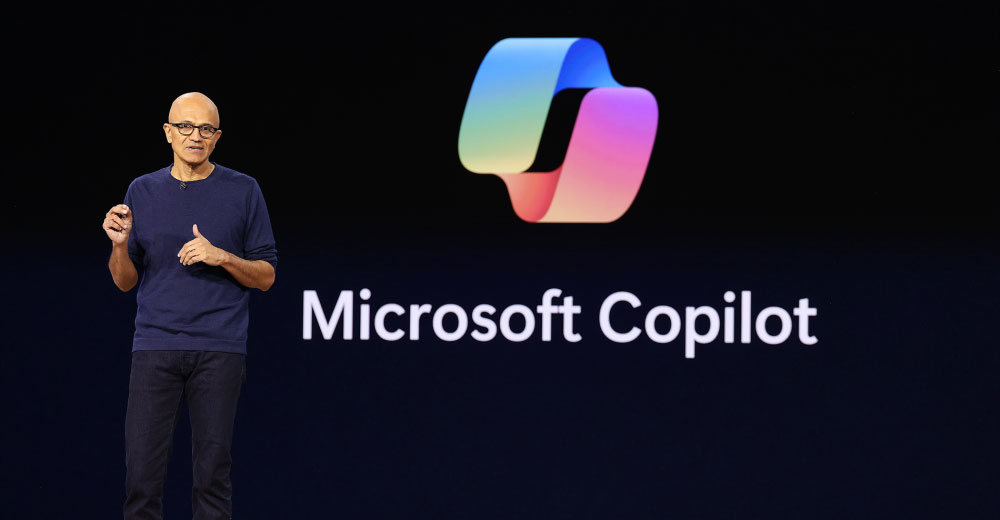
E-commerce suppliers face a difficult challenge. They must cultivate loyal customers, but that is becoming more difficult as the Internet enables consumers to roam freely from retailer to retailer. Now more than ever, the customer is in control, and that change is forcing many e-tailers to turn to customized shopping experiences to build brand loyalty.
The Internet is having a dramatic impact on how individuals shop. “Nowadays, fewer and fewer consumers feel compelled to stay with a particular brand,” said Patti Freeman Evans, lead analyst at JupiterResearch. That’s because they are now able to find what they desire at a plethora of stores.
Consequently, companies are trying to tighten the bond to their customers via personalized services. Three personalization techniques have become common: customizing what users see on their screens, offering unique amenities for items that they have purchased, and charging them based on who they are rather than what they are buying.
Personalized Ads
Vendors are attracted to the personalization features for a few reasons. Those interested in the services are tech-savvy. Eighty-three percent of custom purchasers have been online for five or more years, compared with 66 percent of all online consumers, according to Forrester Research. Similarly, more than half of custom product purchasers have e-commerce tenures of five or more years — twice the rate of all online consumers, the market research firm determined. Perhaps most importantly, these individuals are not tire-kickers and are more likely to make a purchase than typical online consumers.
The most common method of personalization has been the trend to place targeted advertisements in front of consumers whenever they meander through a retailer’s Web site. “Since retailers can build a purchasing history of each customer, they are able to gauge who the person may be and provide them with items that interest them,” Toffer Winslow, executive vice president of sales and marketing at ChoiceStream, told the E-Commerce Times. ChoiceStream helps retailers deliver relevant content to potential customers. If a consumer has bought “High School Musical,” then the retailer would push “High School Musical 2” as well as similar brands, such as the “Hannah Montana” line.
This technique works when retailers are able to accurately deduce who the person is and what items would interest them. “Retailers have been trying to improve their algorithms, so they can put the most appropriate content in front of potential add-on buyers,” JupiterResearch’s Freeman Evans told the E-Commerce Times.
The Right Fit
Another way to enhance the shopping experience is to make it more store-like. “One of the downsides with virtual shopping is consumers are not able to experience the fun that goes along with shopping when you really don’t know what you want to buy,” Louise Guay, president of My Virtual Model, told the E-Commerce Times. Stores such as H&M and Marie Claire have installed virtual shopping experiences where potential buyers work with 3-D and 2-D models to help visualize how clothing will look on them.
Zafu has another variation on that theme. The company tries to help women find the right pair of jeans or a bra, relying on mathematical calculations, product databases and body shape libraries to match different products to consumers. Customers answer a few questions and the site recommends clothes that will fit a woman best.
Customization is also found with other consumer items. Since the advent of the Motorola Razr, cell phones have become fashion statements as well as tools to exchange information. Companies such as Motorola and Nokia offer their customers a range of elaborate ways to personalize their cell phones, from various carrying cases to fancy jewelry. The iPod and iPhone have become popular in part because of their users’ ability to customize the devices. Firms such as Cosmi and Graphic Cling sell products so individuals can add a unique look to their iPods.
A Giant Flea Market
Personalization is also found with athletic items. Nike’s ID program offers customers a large variety of shoes, bags and accessories that can be custom-made in any number of color and style combinations.
The need for individualisms is expanding beyond simple product purchases. Companies also offer different pricing structures to their customers. While the Internet allows shoppers to easily compare prices across thousands of stores, it also enables businesses to collect detailed information about a customer’s purchasing history, preferences and financial resources. This information suggests that a consumer may be willing to pay more — or less — than others for a certain item. Retailers are using this information to set their prices accordingly.
This idea is not new. Offline, different customers often pay different prices, but when they do, they usually know it, such as when bartering at a flea market or street bazaar or with an automobile salesperson.
The Downsides
The varying pricing functions can create problems, as not all shoppers feel comfortable with tailored prices. Those who desire anonymity can even go to lengths, such as deleting their cookies, so retailers do not know that they are repeat users.
The move to customization also flies in the face of the basic conventional retailing axiom: produce one item and sell it to many customers. The cost to produce one-off custom products is high because retailers have to customize both their front-end and back-end systems and produce individual rather than mass-market items.
In addition, consumer interest in such services has been tepid to date. The percentage of users taking advantage of personalized services has remained largely flat in the past few years, at about one of every four shoppers, according to Forrester Research.
Building brand loyalty has become a struggle for retailers; however, personalization has the potential to help them to enhance customer allegiance and differentiate their products in highly competitive markets. Though in an early stage of evolution at the moment, customized shopping experiences are expected to become more common as the e-commerce market’s ongoing maturation continues.























































Social Media
See all Social Media